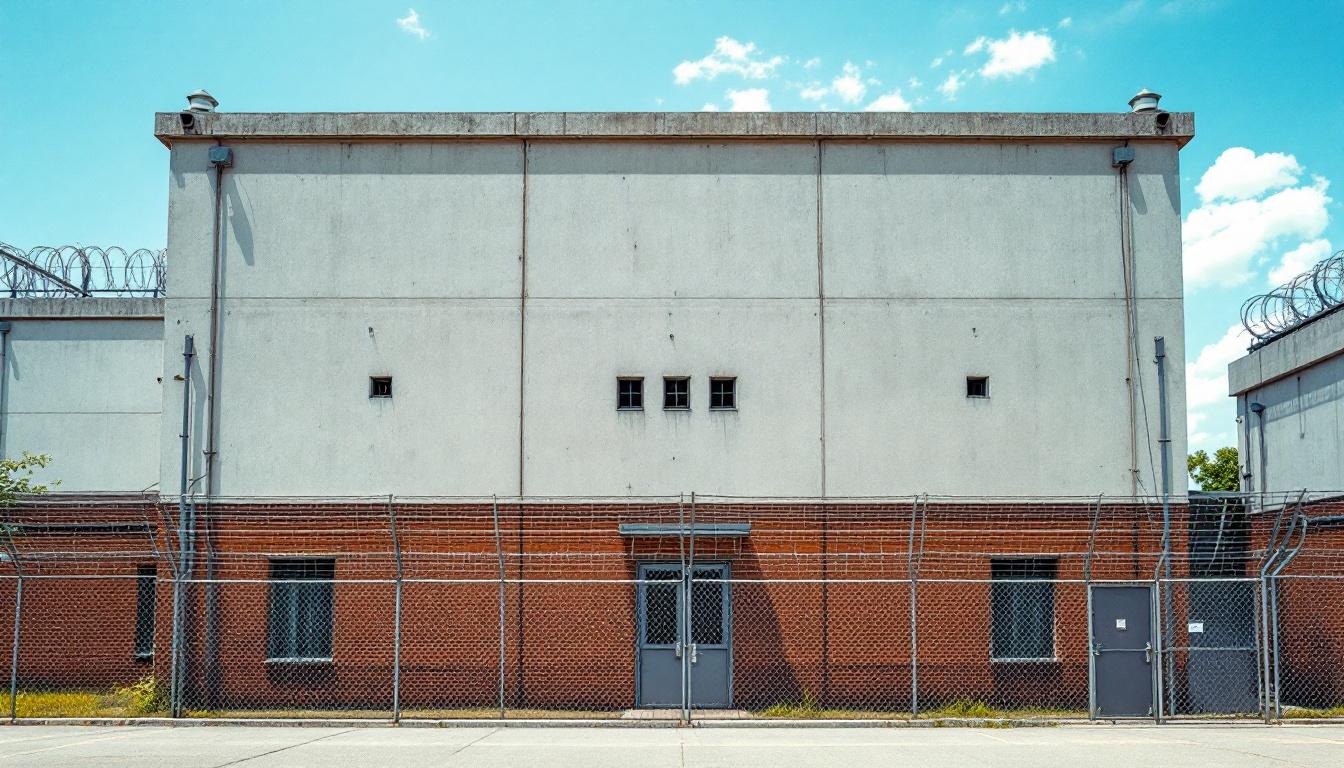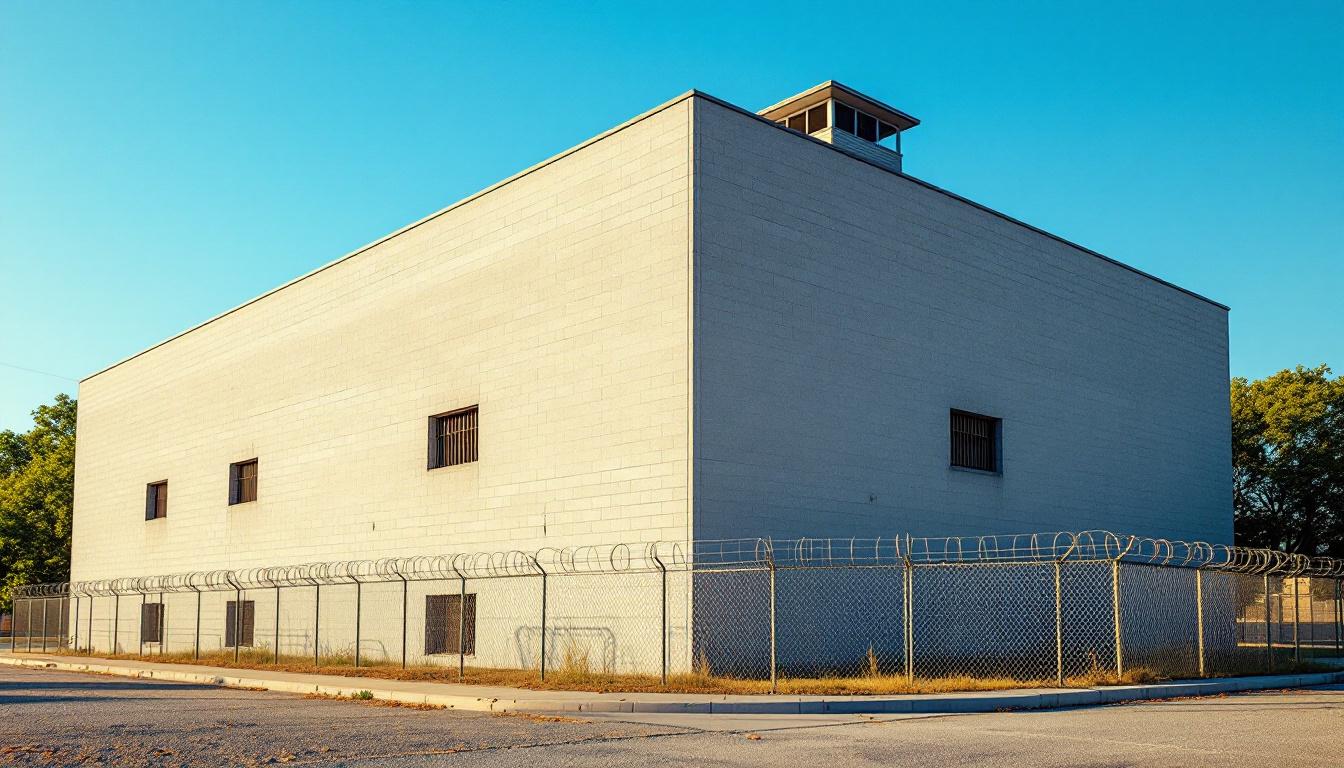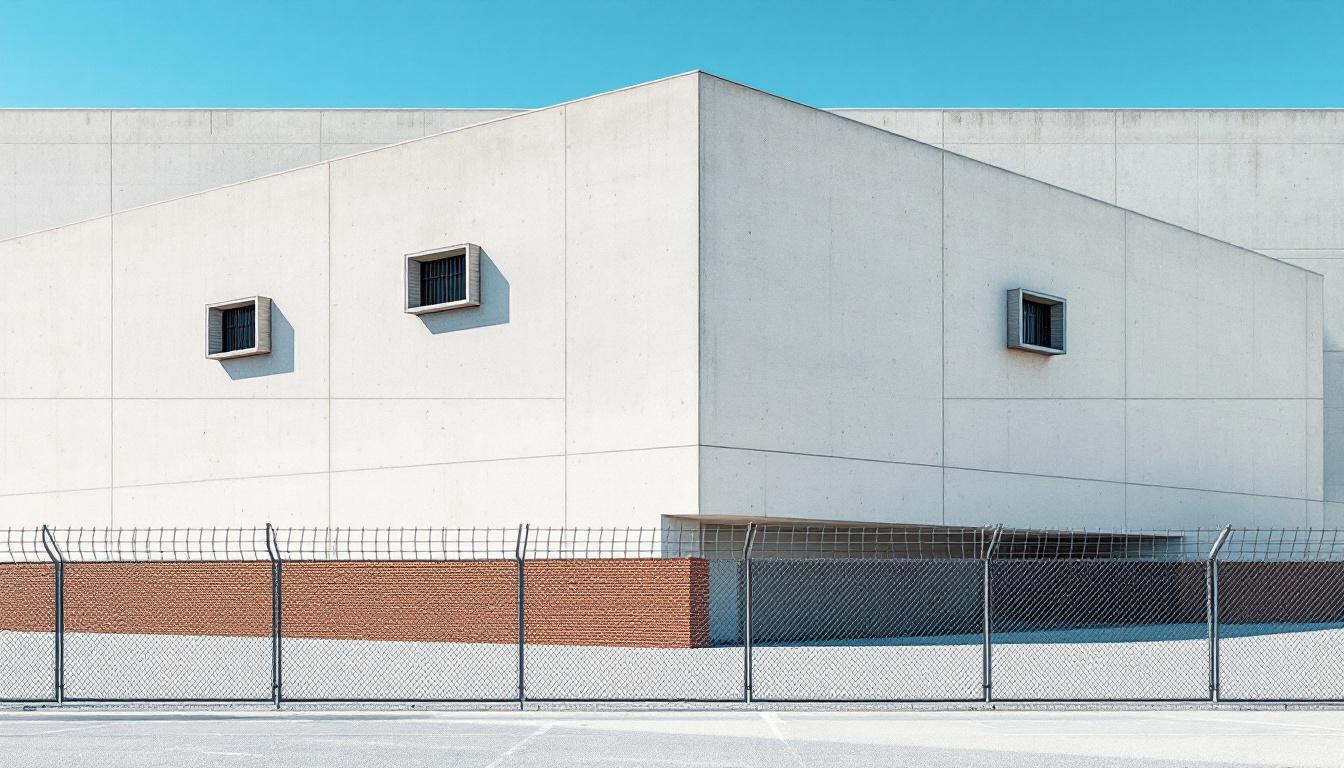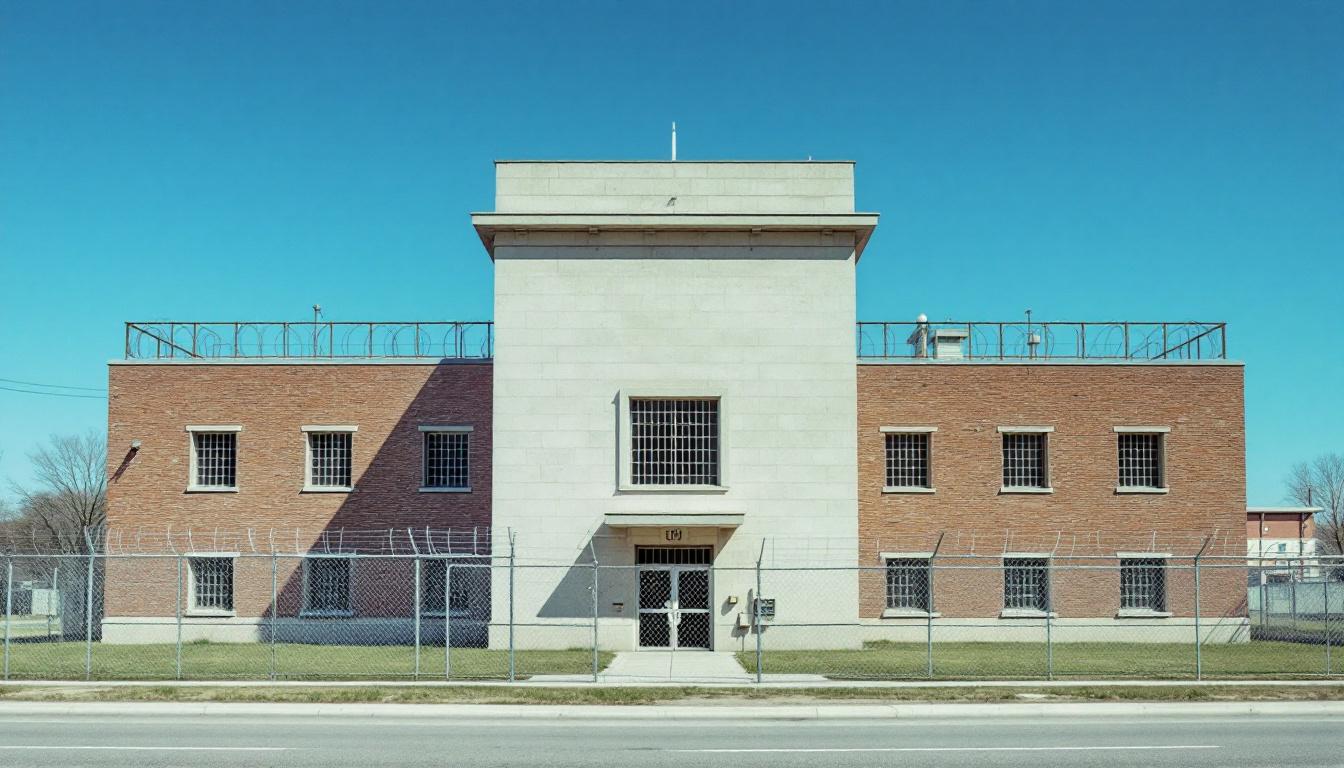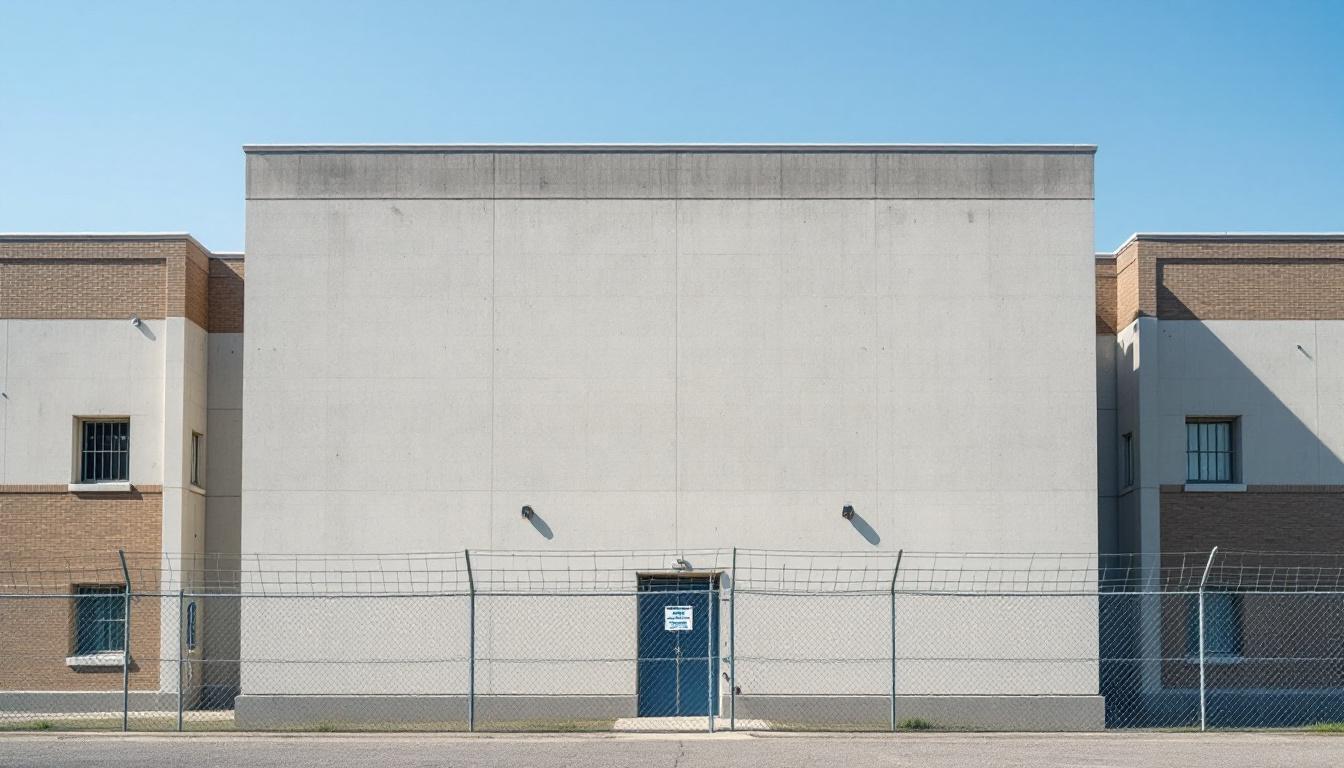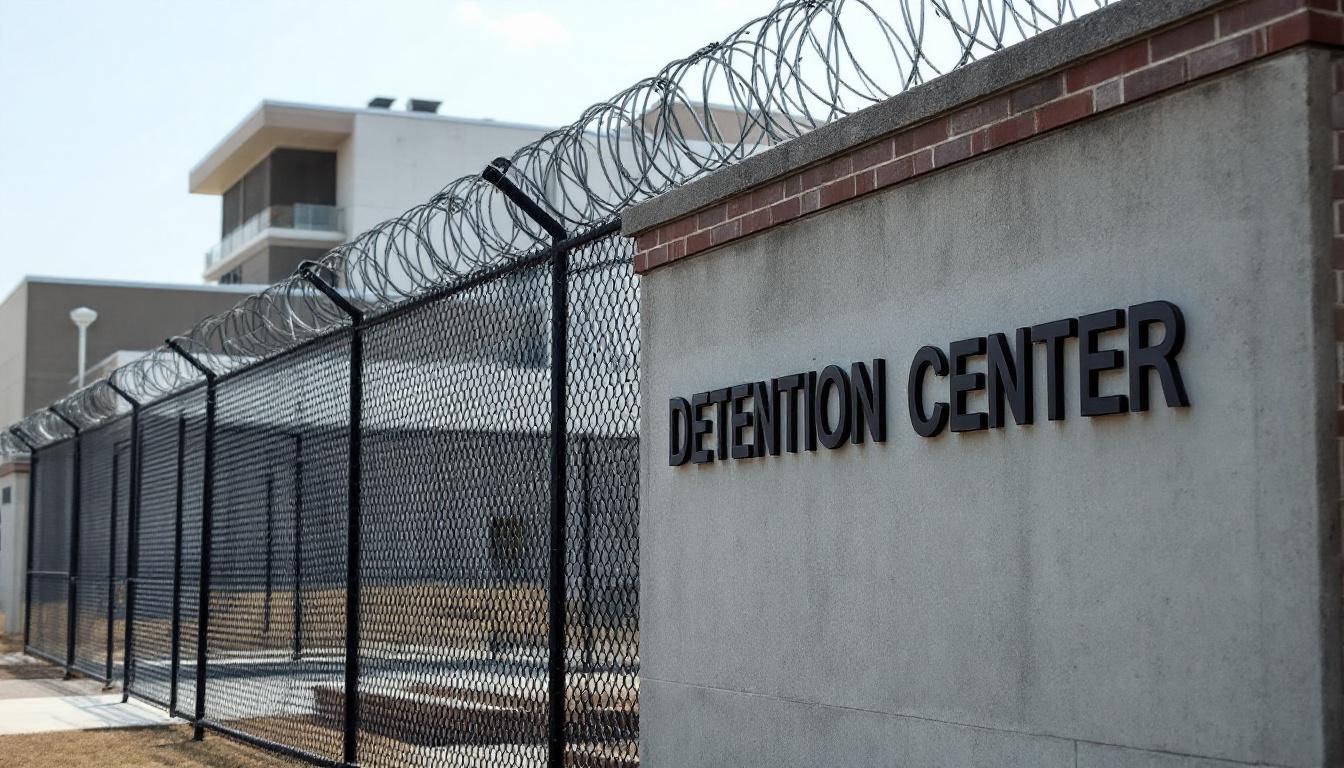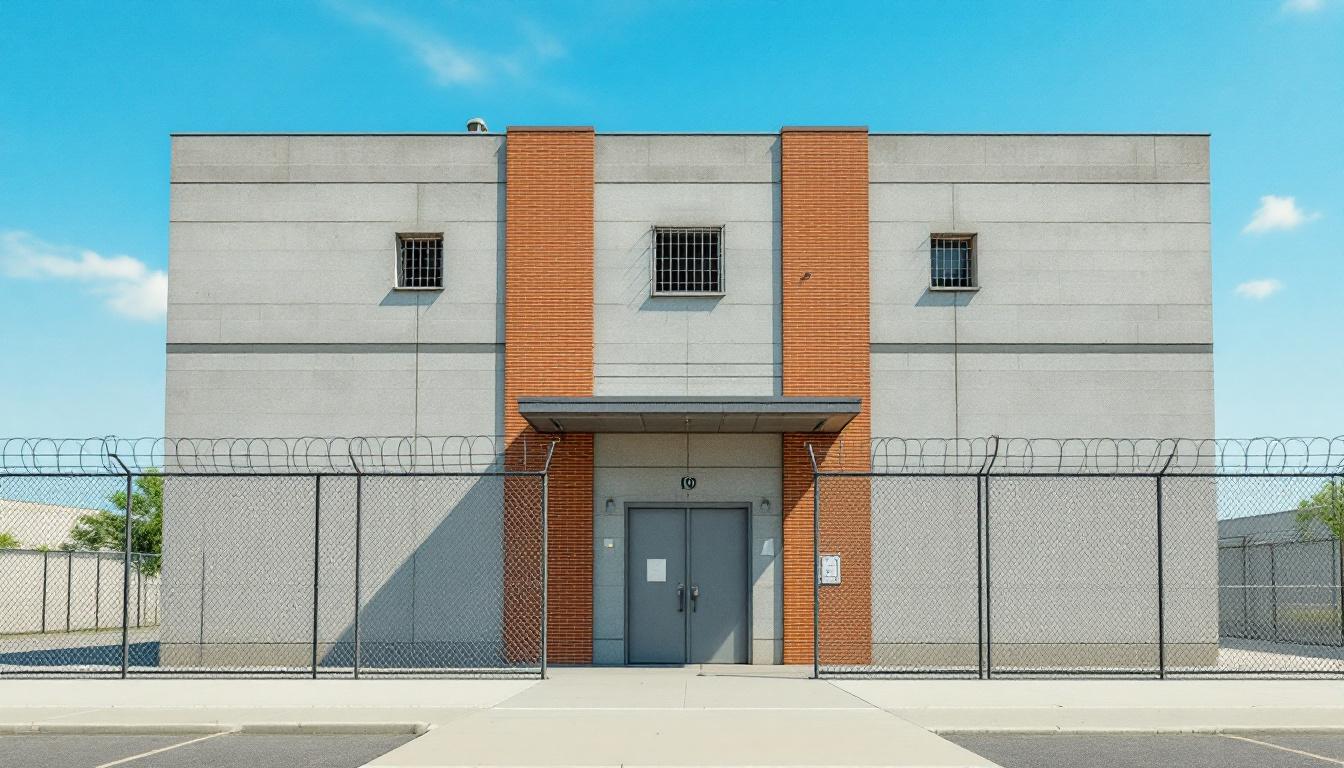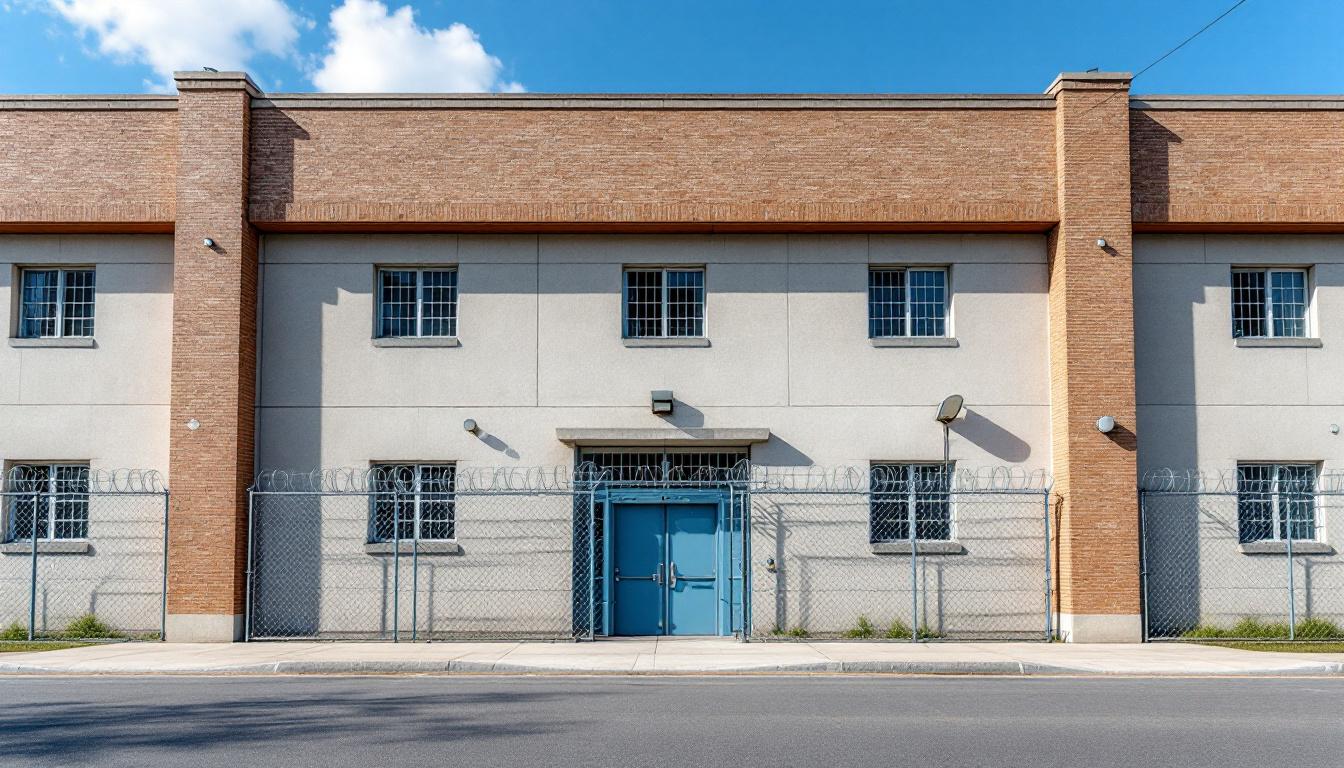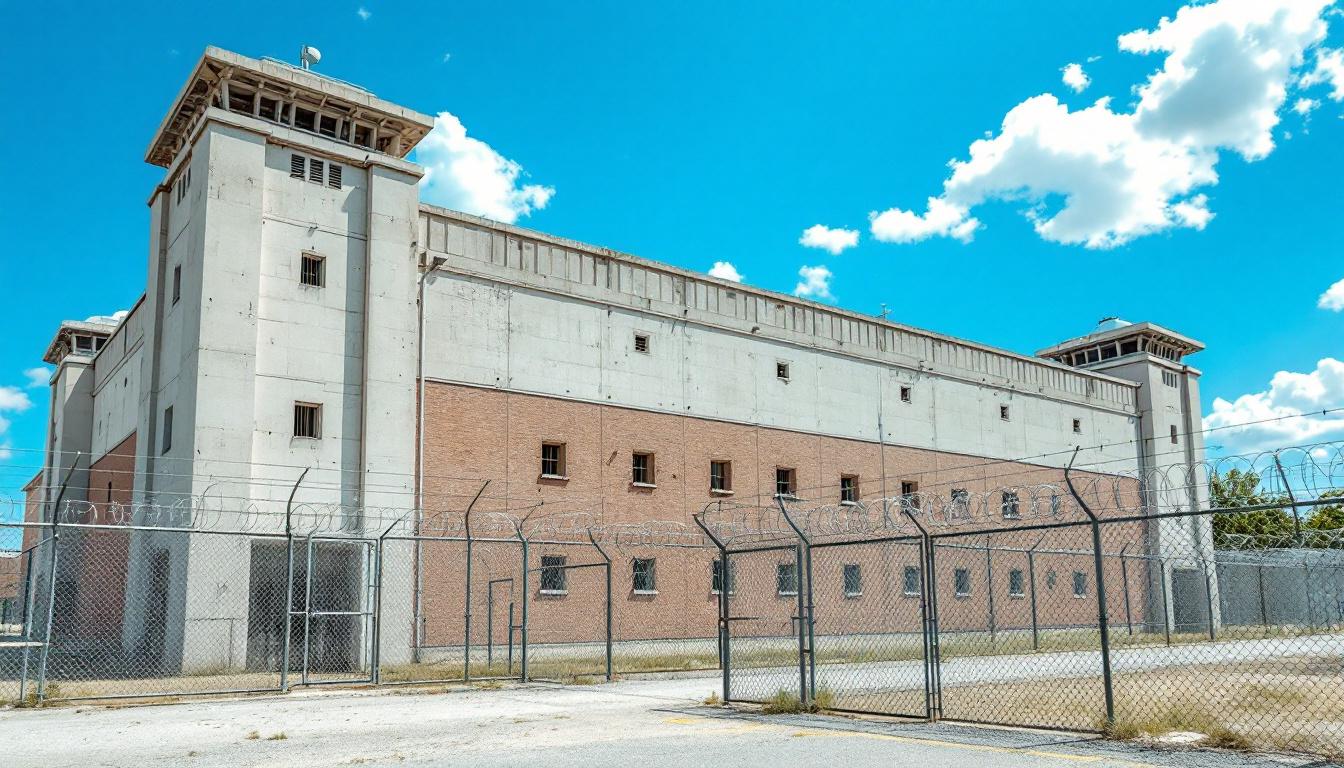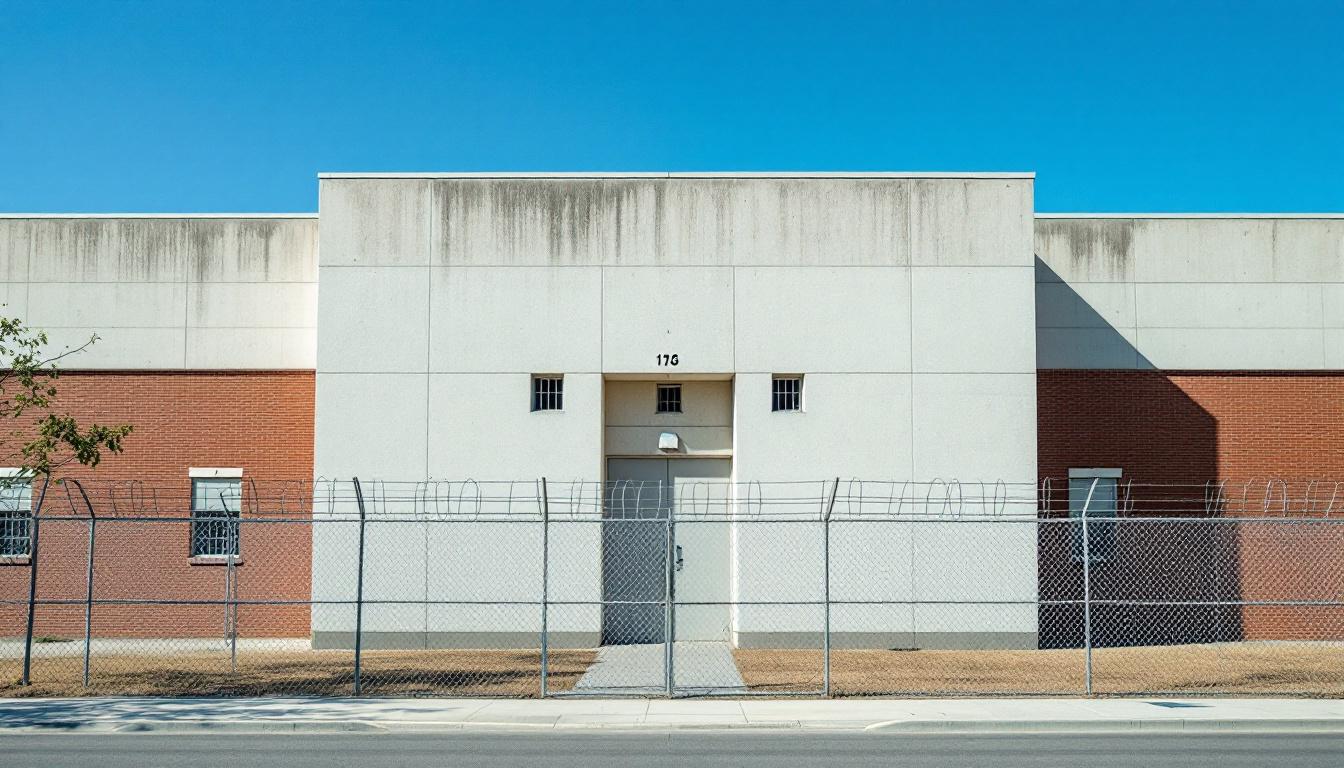
Quick Navigation
How to contact an inmate at Avery Museum
This comprehensive guide will walk you through how to connect with an inmate at Avery Museum. Follow the steps below to find an inmate and send letters and photos:
- Search for the inmate using our search tool below
- Create your account or log in to Penmate
- Write your message (up to 6,000 characters)
- Send instantly - inmates receive printed copies daily
Find an Inmate
Search for an inmate to start communicating today
Tip: You can search by first name, last name, or inmate ID number
To contact a person at Avery Museum start by searching for the person on the official facility website. Perform a search by following these steps:
- Step 1: Enter their first name and last name into the search form and click "Search"
- Step 2: Locate their inmate record
- Step 3: Write down their Inmate ID and any housing information provided
Important! Be sure to enter the person's full name. Nicknames should not be used.
How to Send Messages to Inmates

You can use your phone or computer to send emails, letters, and photos to an inmate. Messages are sent electronically to inmate tablets or kiosks at the facility. If you would like to send a message, start by searching for an inmate at Avery Museum.
Sending Photos and Postcards

A great way to send love and support to a loved one at Avery Museum is to send photos and postcards. It only takes a few minutes to send photos from your phone and it makes a huge difference. You can also mail postcards with words of support and inspiration, or design your own postcard for special moments like birthdays and holidays.
Important! Be sure not to send any explicit photos or they may not be approved by the facility. You can also use a photo printing app like Penmate to make sure your photos are printed at the correct size (4x6 or 3x5) and are mailed according to the rules and regulations of Avery Museum.
Frequently asked questions about Avery Museum
-
How long does it take to deliver a message?
If you're sending an email message your letter is usually delivered within 24-48 hours. For messages sent via mail you should expect delivery within 3-7 days. All messages will need be approved by Avery Museum.
-
How much does it cost to send a message to Avery Museum?
You can send a message free using your phone or mail a message via USPS for the price of a $0.60 stamp and envelope. You can also purchase credits or e-stamps from services starting at $1.99.
-
What services can I use to contact an inmate at Avery Museum?
Penmate
You can use Penmate to send letters and photos to an inmate from your phone. It's an easy way to stay in touch during your loved one's incarceration. Use the inmate locator to find an inmate's location and contact information, then you can send messages within a few minutes.
Securus messaging
Securus may be another option for communicating with an inmate at Avery Museum. You can create a friends and family account and purchase credits to send messages. All messages will be reviewed and must be approved by the facility.
JPay
Some county jails and state prisons may support sending messages with JPay. You must register an account with the system, find your loved one, and purchase stamps to send messages. For some locations you can also attach photos.
Smart Jail Mail
You may also check if Smart Jail Mail is available at Avery Museum. Smart Jail Mail is operated by Smart Communications and has contracted with some state and county jails. After purchasing credits, your messages and photos are sent to the facility, printed out, and then handed out to your loved one.
-
What is the mailing address of Avery Museum?
Mailing address:
Avery Museum
1829 Schultz Cir
Newland, NC 28657
Phone: (828) 733-7111Business hours:
- Monday: Closed
- Tuesday: 10:00 AM – 3:00 PM
- Wednesday: 10:00 AM – 3:00 PM
- Thursday: 10:00 AM – 3:00 PM
- Friday: 10:00 AM – 3:00 PM
- Saturday: 11:00 AM – 3:00 PM
- Sunday: Closed
-
What are the visiting hours at Avery Museum?
Visiting hours at Avery Museum vary by housing unit and security level. Generally, visits are scheduled on weekends and holidays, with some facilities offering weekday visits. Contact the facility directly at (828) 733-7111 or check their website for the current visiting schedule. Visits typically last 30-60 minutes and must be scheduled in advance.
-
What items are prohibited when sending mail to Avery Museum?
Prohibited items typically include: cash, personal checks, stamps, stickers, glitter, glue, tape, staples, paperclips, polaroid photos, musical or blank greeting cards, hardcover books, magazines with staples, and any items containing metal or electronics. Only send letters on plain white paper with blue or black ink. Photos must be printed on regular photo paper (no Polaroids). Always check with Avery Museum for their specific mail policies.
-
How do I send money to an inmate at Avery Museum?
You can send money to an inmate at Avery Museum through several methods: 1) Online using JPay, Access Corrections, or the facility's approved vendor, 2) Money orders mailed directly to the facility with the inmate's name and ID number, 3) Kiosks located in the facility lobby, or 4) Over the phone using a credit or debit card. Fees vary by method, typically ranging from $2.95 to $11.95 per transaction.
-
Can I schedule a video visit with an inmate at Avery Museum?
Many facilities now offer video visitation as an alternative to in-person visits. At Avery Museum, video visits may be available through services like Penmate, Securus Video Connect, GTL, or ICSolutions. Video visits typically cost $10-20 for 20-30 minutes and must be scheduled in advance. You'll need a computer or smartphone with a camera and reliable internet connection. Contact the facility for their specific video visitation policies and approved vendors.
-
What identification do I need to visit an inmate at Avery Museum?
All visitors must present valid government-issued photo identification such as a driver's license, state ID, passport, or military ID. Minors must be accompanied by a parent or legal guardian who can provide the minor's birth certificate. Some facilities require visitors to be on the inmate's approved visitation list, which may require a background check. Contact Avery Museum for specific ID requirements and visitor approval procedures.
-
How can I find out an inmate's release date?
To find an inmate's release date at Avery Museum, you can: 1) Use the online inmate search tool if available, 2) Call the facility's records department, 3) Contact the inmate's case manager or counselor, or 4) Have the inmate provide this information during a call or visit. For privacy reasons, some facilities only release this information to immediate family members.
Facility Overview
Official Website

About Avery Museum
County jail facilities serve as critical components within North Carolina’s correctional infrastructure, providing secure detention while maintaining connections between incarcerated individuals and their communities. The Avery County Jail, NC operates within this framework in Newland, situated in the mountainous western region of the state where rural landscapes shape both community dynamics and correctional approaches. This NC correctional facility typically houses individuals awaiting trial, serving shorter sentences, or transitioning through various stages of the judicial process, creating a diverse population with varying needs and circumstances.
The facility generally maintains programs designed to address the population services requirements of those in custody, often including educational opportunities, substance abuse counseling, and vocational training initiatives that may help prepare individuals for successful reintegration into their communities. Located in Newland, the jail typically coordinates with local courts, law enforcement agencies, and community organizations to facilitate legal proceedings while supporting family visitation and communication. These connections prove particularly important in rural areas where geographic distances can create additional challenges for maintaining family bonds during incarceration periods. The facility’s role extends beyond simple detention, as it may offer mental health services, medical care, and other support systems designed to address underlying issues that contribute to criminal behavior while promoting public safety throughout Avery County and the broader region.
Programs & Services
Through a comprehensive framework of evidence-based interventions, support services at Avery County Jail are designed to address the multifaceted challenges faced by incarcerated individuals. The facility’s approach recognizes that meaningful rehabilitation requires addressing not dedicated immediate behavioral concerns but also the underlying educational, vocational, and therapeutic needs that often contribute to justice system involvement. This holistic methodology emphasizes skill development and personal growth, creating pathways for successful community reintegration while fostering individual accountability and positive behavioral change.
Educational and vocational programming forms the cornerstone of the facility’s rehabilitative efforts, providing the population with essential tools for economic stability upon release. Education services typically encompass basic literacy instruction, GED preparation, and civic education components that help participants understand their roles and responsibilities as community members. In addition to this academic foundation, vocational training programs may supply hands-on experience in various trades and industries, while job readiness training often includes resume development, interview preparation, and workplace communication skills that enhance employment prospects in the competitive job market.
The facility’s therapeutic and specialized support services address the complex personal challenges that frequently underlie criminal behavior. Substance abuse programs utilize evidence-based treatment modalities to help participants develop coping strategies and maintain sobriety, recognizing addiction as a significant factor in recidivism. In addition to this clinical programming, practical life skills training may include specialized workshops such as upholstery instruction, which provides both therapeutic benefits and marketable skills. Conflict resolution programming typically focuses on developing healthy communication patterns and anger management techniques, equipping the population with essential interpersonal skills that support successful family reunification and community relationships.
Daily Life & Visitation
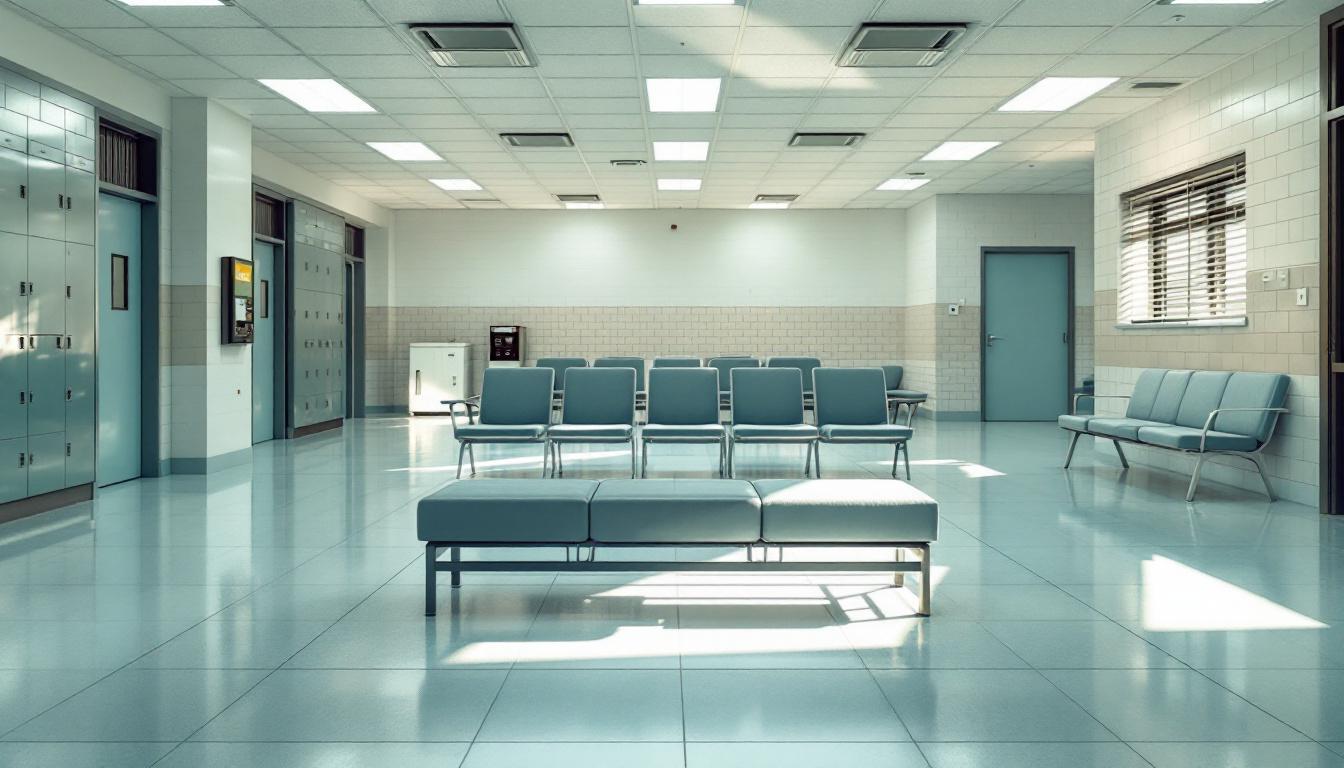
Systematic organization forms the backbone of every interaction within the facility, where carefully structured routines actively guide the population through each day’s activities. At present, the daily schedule typically begins with early morning counts and continues through designated periods for meals, programming, and recreation, with staff actively monitoring movement between housing units and common areas. The facility generally operates on a predictable timeline that supplies stability and helps the population understand expectations for their daily participation in various activities.
Housing arrangements typically consist of multiple units designed to accommodate different classification levels, with the population generally assigned based on factors such as security requirements and program participation. Living spaces usually include basic amenities and personal storage areas, while common areas supply opportunities for interaction during designated periods. In addition to this structured housing system, meals are generally served at scheduled times in designated dining areas, with the population moving in organized groups to maintain security protocols and ensure orderly service throughout the facility.
Programming schedules actively supply educational opportunities, work assignments, and recreational activities that help structure meaningful use of time for the population. These may typically include facility maintenance positions, kitchen duties, and cleaning assignments that contribute to daily operations while providing work experience. Despite this structured environment, the facility generally maintains communication options such as scheduled telephone access and visitation periods, allowing the population to maintain important family connections and support systems that often prove essential during their time at the facility.
Ready to Connect?
Start communicating with your loved one today
Search for an Inmate
